Gold prices, rupee both rise
Global volatility drives yellow metal to Rs282,600/tola; rupee gains 15 paisa; REER rises to 103.7
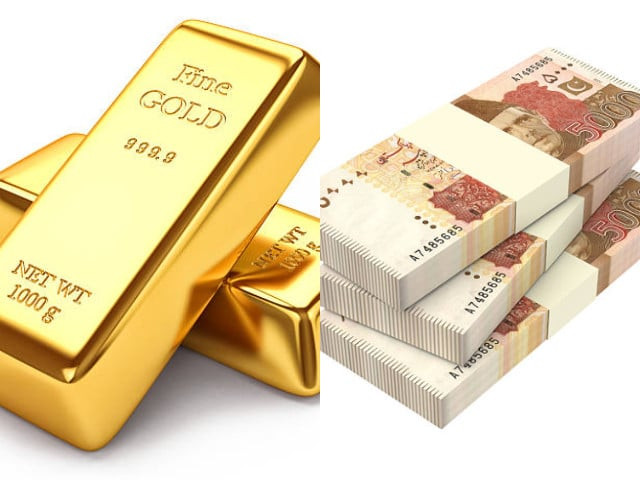
Gold prices increased on Friday, following an upward trend in international markets. The price of gold per tola rose by Rs400, reaching Rs282,600 in the local market, according to the All-Pakistan Gems and Jewellers Sarafa Association (APGJSA).
The day before, gold prices had surged significantly, with a Rs1,400 increase per tola, closing at Rs282,200. On the international market, gold prices also rose, with APGJSA reporting a rate of $2,705 per ounce, reflecting a $2 increase during the day.
Adnan Agar, Director of Interactive Commodities, noted that the price reached a high of $2,724 the previous day before retreating. On Friday, the gold market saw an intraday high of $2,717, a low of $2,702, and ended at $2,705. Agar highlighted the importance of the $2,730-$2,740 resistance levels for gold to maintain its upward momentum. Since this range was not breached, the market experienced a slight pullback.
Looking ahead, Agar speculated that the gold market could see significant volatility due to geopolitical developments, including the state of affairs following Donald Trump's return to the White House. He suggested that the coming days, particularly Monday, could witness fluctuations as global markets respond to these events.
Meanwhile, the rupee saw a slight improvement against the US dollar, appreciating by 0.05% in the inter-bank market on Friday. By the end of the trading session, the currency closed at 278.71, gaining 15 paisa compared to the previous day's closing value of 278.86, as reported by the State Bank of Pakistan (SBP).
Moreover, the Real Effective Exchange Rate (REER) rose to 103.7 in December 2024, marking its highest level since April 2024, according to data shared by Arif Habib Limited (AHL). This represents a month-on-month (MoM) increase of 0.66%, a fiscal year-to-date (FY24) rise of 3.63%, and a calendar year-to-date (CY24) gain of 4.93%.
The REER, which reflects the value of a currency relative to a basket of trading partners' currencies adjusted for inflation, has remained above the neutral level of 100 since October 2023. Maaz Azam, the head of research at Optimus Capital Management, highlighted that although the increase is minor, a REER above 100 suggests potential overvaluation of the currency. This could negatively impact the rupee and export competitiveness by making goods and services more expensive in global markets, thereby increasing the likelihood of currency devaluation.
The data shows a steady appreciation in the REER throughout 2024, suggesting external sector vulnerabilities that may require policy adjustments to maintain competitiveness in international trade.

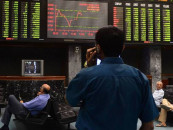

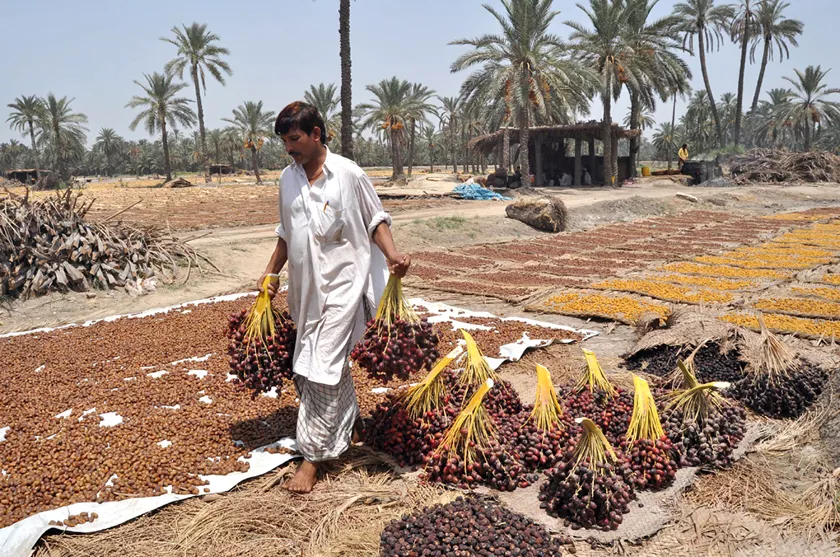


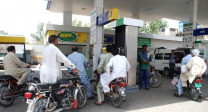




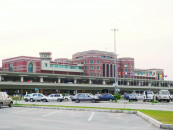







COMMENTS
Comments are moderated and generally will be posted if they are on-topic and not abusive.
For more information, please see our Comments FAQ